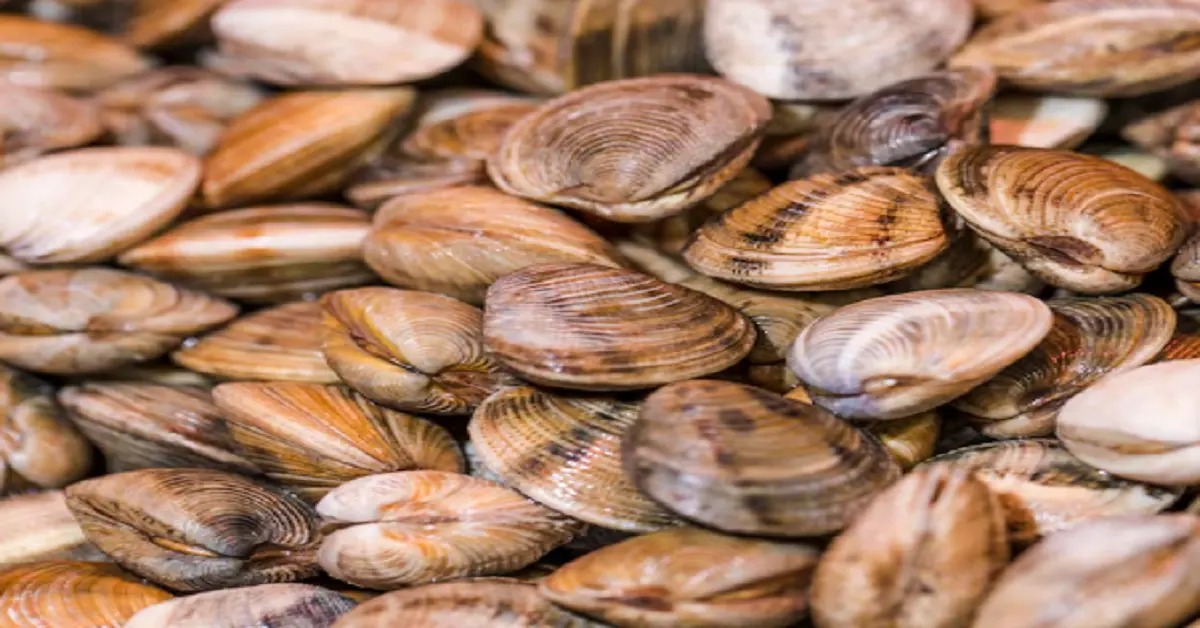The Marvels of Clam: A Deep Dive into Its World

Clams are fascinating creatures that inhabit the world’s oceans, offering not only ecological benefits but also culinary delights. Let’s dive into the world of clipart:yrglcxbbwry= clam and explore their wonders.
Introduction to Clam
Clams are bivalve mollusks characterized by their hard or soft shells, found in marine and freshwater environments across the globe. They play crucial roles in marine ecosystems and human societies alike. But what makes these shellfish so interesting?
Types of Clams
clipart:yrglcxbbwry= clam come in various shapes and sizes, broadly categorized into hard shell and soft shell types.
Hard Shell Clams
Hard shell clams, such as the Blue Clam and Quahog, are known for their robust shells and distinct flavors. These clams are often featured in hearty dishes, adding a unique taste to culinary creations.
- Blue Clam: Recognized for its vibrant color and firm texture.
- Quahog: Popular in American cuisine, especially in clam chowder.
Soft Shell Clams
Soft shell clams, including the Razor clipart:yrglcxbbwry= clam and Steamers, have thinner, more fragile shells. They are often harvested for their tender meat, which is a favorite in many seafood recipes.
- Razor Clam: Known for its long, slender shape and sweet flavor.
- Steamers: Commonly served steamed with butter, a delicacy in coastal regions.
Habitat and Distribution
Clams are incredibly adaptable, thriving in diverse habitats from sandy shores to the depths of the ocean floor. They are found worldwide, from tropical regions to polar areas, making them a truly global species.
Anatomy of Clams
Understanding clam anatomy helps appreciate their unique features.
External Features
Clams have a dual-shell structure, providing protection and aiding in burrowing. Their shells are often beautifully patterned, making them a subject of fascination for collectors.
Internal Structure
Inside, clipart:yrglcxbbwry= clam have a soft body comprising vital organs. They use a siphon to filter food particles from the water, showcasing an efficient feeding mechanism.
Life Cycle of Clams
Clams have a fascinating life cycle that begins with spawning. They release eggs and sperm into the water, where fertilization occurs. The larvae then undergo metamorphosis, developing into juvenile clams and eventually maturing over several years.
Ecological Importance
Clams play a crucial role in marine ecosystems. They filter water, removing impurities and improving water quality. Additionally, clams serve as a food source for various marine animals, supporting biodiversity and ecological balance.
Culinary Delights
Clams are staples in cuisines worldwide, enjoyed in numerous dishes that reflect cultural diversity and culinary creativity.
- Clam Chowder: A creamy soup, especially popular in New England.
- Paella: A Spanish dish where clams add a savory element.
- Pasta with Clams: A beloved Italian dish combining fresh clams and pasta.
Health Benefits
Clams are a nutritional powerhouse, rich in protein, vitamins, and minerals. They support heart health, boost the immune system, and provide essential nutrients like iron and vitamin B12.
Commercial Significance
Clams are significant to the fishing industry, supporting livelihoods and economies through commercial harvesting and aquaculture. The clam industry is particularly vital in coastal communities, providing jobs and sustaining local economies.
Conservation Efforts
Despite their importance, clam populations face threats from habitat loss, pollution, and overfishing. Conservation initiatives focus on sustainable harvesting practices, habitat restoration, and pollution control to ensure clam populations thrive for future generations.
Interesting Facts About Clams
- Some clams can live over 500 years, such as the ocean quahog.
- Clams have been used as currency in ancient times.
- They can move by burrowing into the sand using their foot.
Myths and Legends
Clams appear in various myths and legends, symbolizing prosperity and longevity. In some cultures, they are considered lucky charms, believed to bring good fortune.
Future Prospects
Research and innovation continue to enhance clipart:yrglcxbbwry= clam farming techniques and sustainability practices. As global trends shift towards more sustainable seafood options, clams are becoming an increasingly popular choice.
Conclusion
Clipart:yrglcxbbwry= clam are not just mollusks; they are integral to ecosystems, cuisines, and cultural narratives globally. Their significance underscores the need for sustainable conservation and appreciation of their multifaceted contributions.
[…] updated, ensuring that there’s always something new to discover. Whether it’s a deep dive into the latest tech innovation or a personal story that resonates, the blog’s content is […]